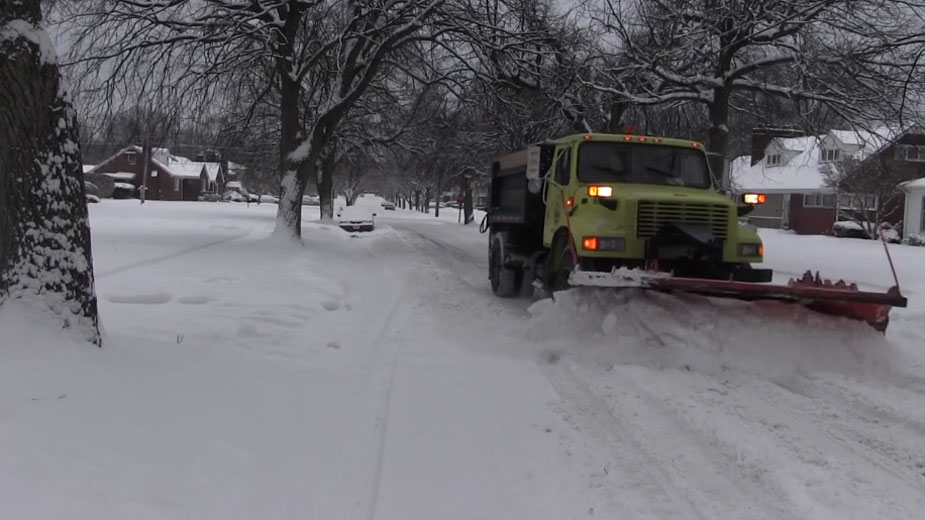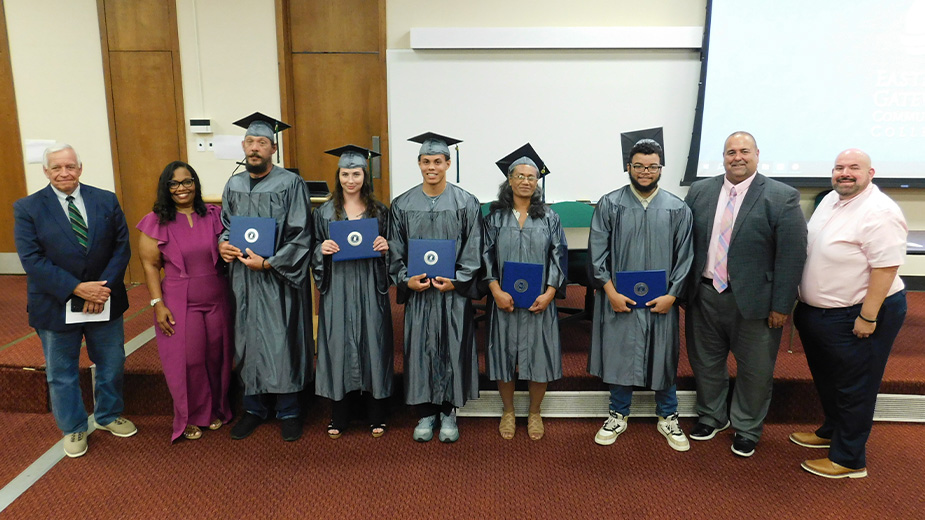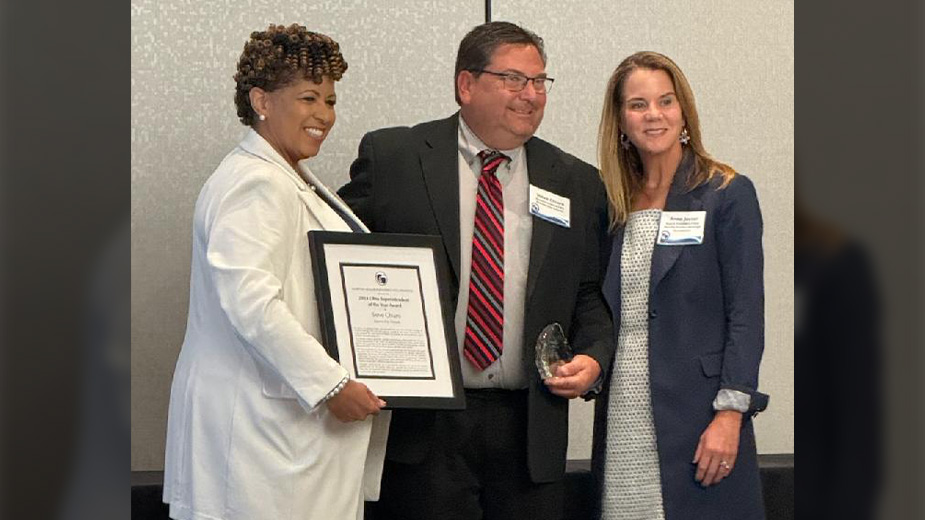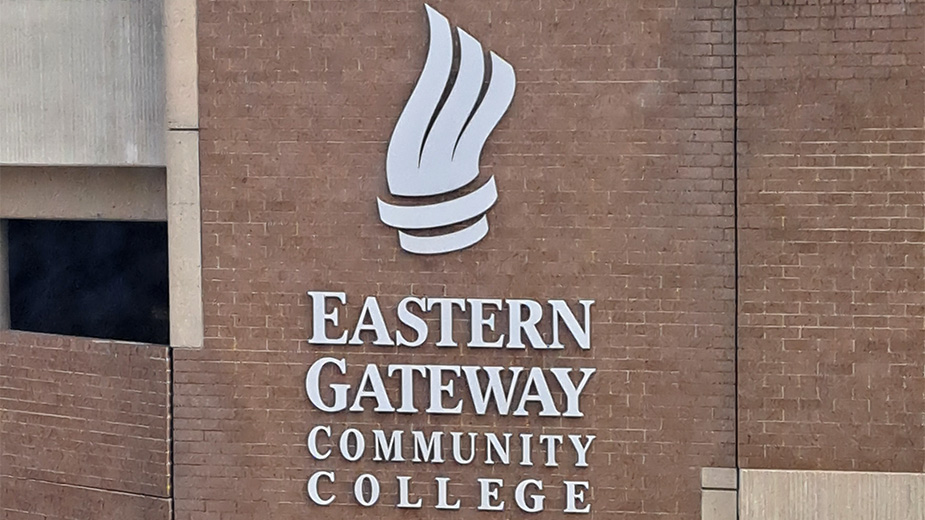Mathematical Solutions for City’s Snow Problems
YOUNGSTOWN, Ohio – The city of Youngstown is hoping a new set of eyes can help solve one of the biggest gripes among residents and workers: snow-covered roads.
In January, seven students enrolled in the topics in mathematical modeling class at Youngstown State University began looking into the problem at the request of their professor, Thomas Wakefield.
“It’s really important for our students to see how math is applied and how, once they graduate, they may be using their math skills in their chosen profession,” says Wakefield, chairman of the mathematics and statistics department at YSU. “This gives them that hands-on opportunity that a text book can’t provide.”
The student’s first task was to meet with Youngstown commissioner of buildings and grounds, Kevin Flinn.
“We gave them all the traffic study information,” he says, which includes the 1,100 lane-miles and 982 streets Youngstown is responsible for, as well as the current route maps.
One problem that leapt out at the students, says Adam Shields, is that the route maps hadn’t been updated since the 1970s.
Obviously, the city has changed a lot since the 70s. Roads that were once heavily populated now may have only a handful of residents – or none, in some cases – schools that were once open are now closed and property that was undeveloped may now be a sprawling industrial park.
The biggest change for the road department, Flinn says, is the available manpower.
“In the ‘70s and ‘80s, this department had 140 people. Now we’re down to 30 but we still have the same amount of streets if not more,” he says.
Over the course of the semester, the students will utilize maps, data, computer software and mathematical problem-solving in an effort to make the routes more efficient.
One method they’re looking at is the route inspection problem, which is used in graph theory. The idea is to find the shortest path along a circuit, visiting every side but without repeating, says sophomore Bikash Thapa.
“You take a snow plow to one road and you don’t want to come back through the same road because when you return you could have plowed snow from a different road,” he says.
To help them map out the new routes they’ll use ArcGIS, a geographic information system that helps people create maps to compile data and analyze information, says Elizabeth Fortney, a senior at YSU.
“We’re planning to use it to make the routes. After we geo-code the roads, the network analysis will allow us to use those addresses to map each individual road,” she says.
The students will also have to pay attention to emergency services, such as hospitals and fire and police departments, which Flinn says are the first priority.
“Second is our freeways and our main roads,” he adds.
Any way the students can help improve the routes will make a big difference, Flinn continues, because Youngstown faces challenges nearby municipalities don’t.
One is the age of their fleet: the newest truck they have on the road was purchased in 2008, Flinn says.
Another problem is that, unlike townships and municipalities, Youngstown receives zero assistance from the county or the Ohio Department of Transportation.
“In the city, we’re responsible for everything other than [Interstate] 680, and they also have more tools to fight the elements,” he says.
One of those tools is brine used to pre-treat the roads and activate the rock salt, though the city doesn’t have a truck capable of disbursing such a product.
Mayor Jamael Tito Brown has said one of his goals is to update the fleet, and that he hopes to purchase two new trucks every year.
This summer, Flinn says his department is going to try and retrofit an existing trucks to be able to dispense the brine, which is manufactured by ODOT.
“ODOT has offered us one year of material,” he says.
While half of the topics in mathematical modeling class is working on the snowplow routes, the other is assisting the Mahoning County Land Bank with its work.
Students in the class, which grew out of a grant from the Mathematical Association of America, have also partnered with Mercy Health, the Youngstown Neighborhood Development Corp. and the Youngstown Police Department.
In the latter case, they helped realign the police beats using crime and call data, and Wakefield is hopeful they’ll also be able to help the road crew.
“I think that YSU’s a great resource,” he says. “I hope that companies and government entities continue to look at us as a resource and reach out to us and our students, because there’s a tremendous amount of knowledge here.”
Copyright 2024 The Business Journal, Youngstown, Ohio.



